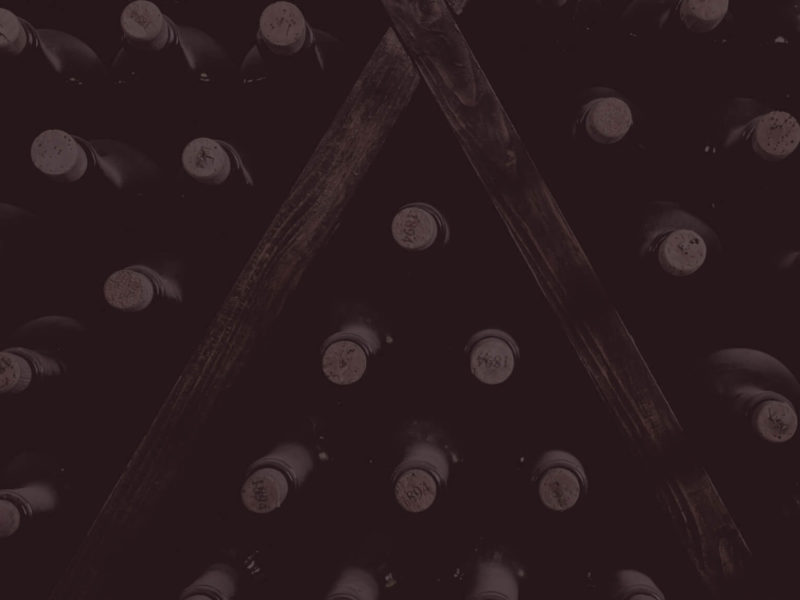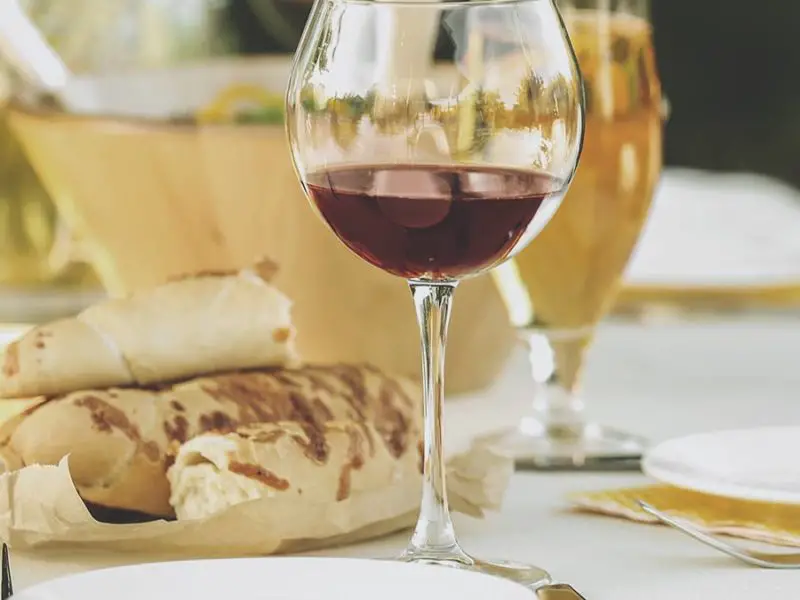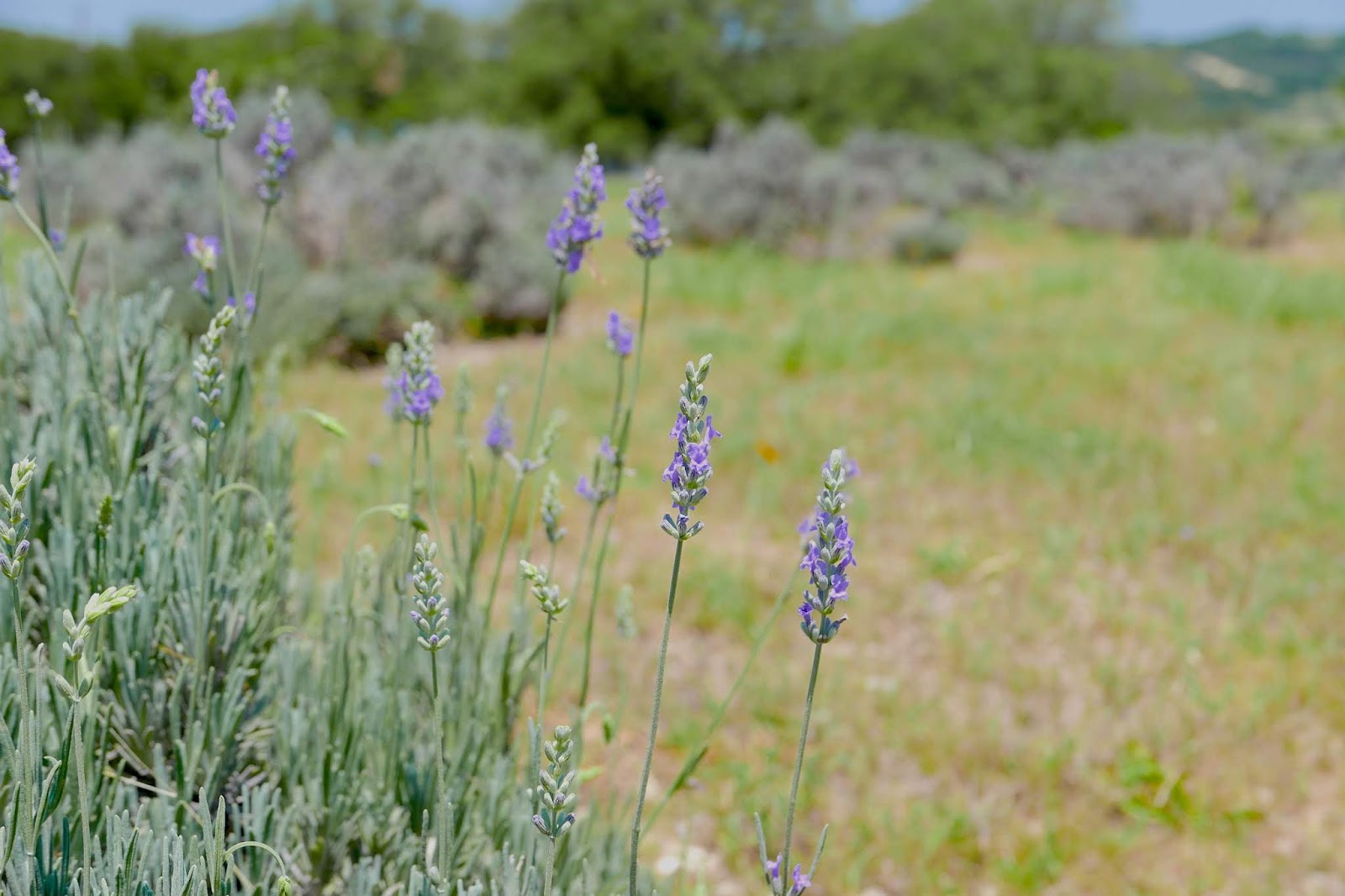
Blanco Lavender Festival – My Winespill
Lavender normally blooms in Texas starting mid May to early July. For a fresh bouquet, pick the blossoms when half of the flowers on the spike have opened. To dry the bundle for crafting or sachet, pick when three-quarters of the blossoms are open. For essential oils the best time to pick is early morning before the deadening heat of Texas arrives. The oil content is highest in the cool hours of the morning, harvesting when the buds have formed on the plant but the flowers have not yet opened.
Drying lavender slowly in the dark is the best way to preserve its color, since the sun will fade the purple flowers. Hang the lavender bunches upside down to dry for 2-4 weeks until they fall easily from the stem.
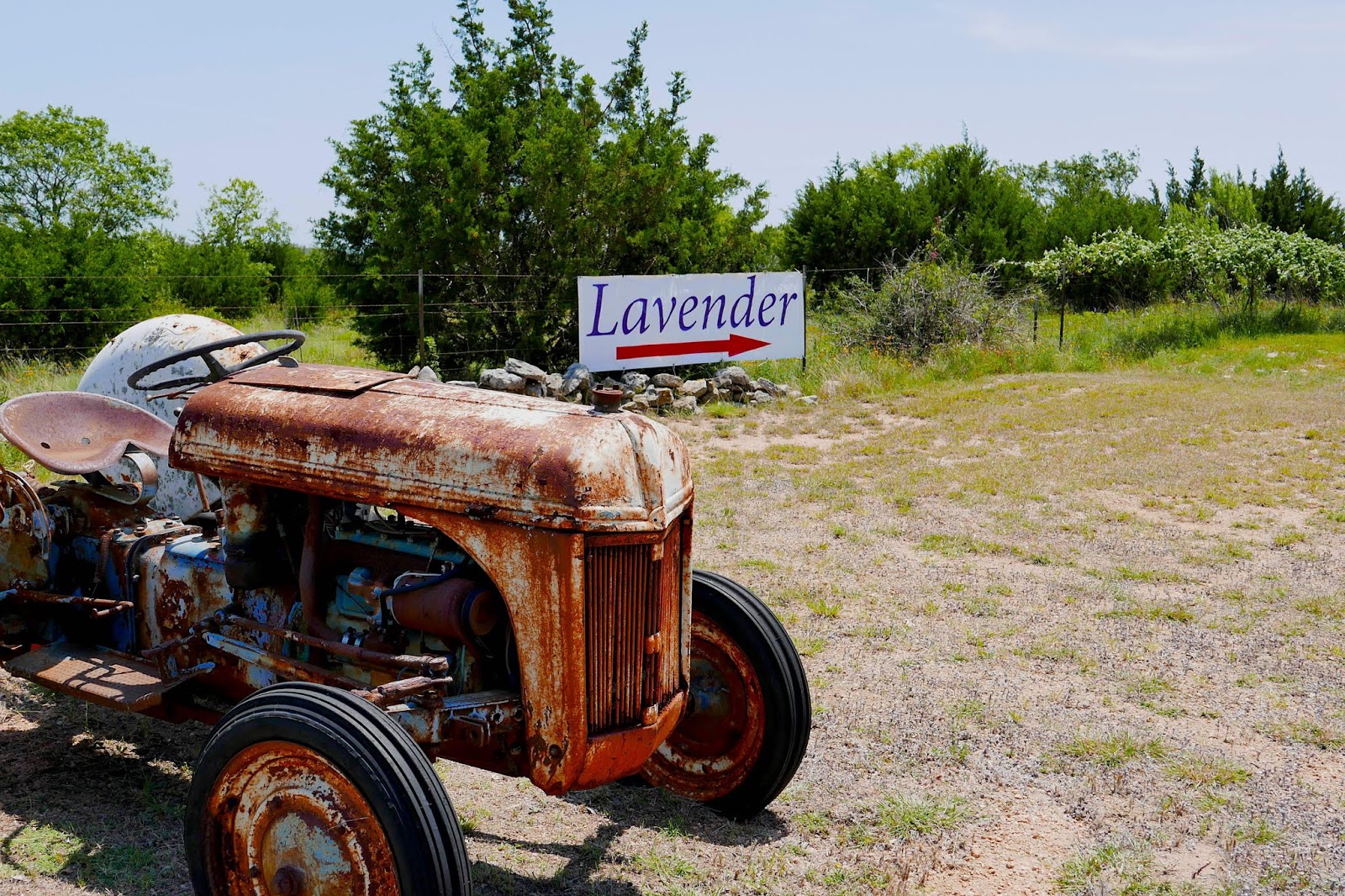
You might be wondering how well lavender grows in South Texas? Although it is not native to this region you will have luck if you care for it properly. Grow lavender in your garden and you’ll be rewarded with colorful flowers and wonderful fragrance from mid May through early July. This low maintenance plant thrives once it is placed in a site with excellent drainage. Use of a raised bed or planting on a gentle slope will help with proper drainage and limestone soil works great (Ph 6.4 – 8.3). Space your plants apart by the width of a mature plants growth. After winter, remove dead leaves from the base to promote air movement. They will need full sun for a minimum of 6+ hours a day. Water regularly and always around the base of the plant, not through the leaves. During the scorching heat of the summer be sure to water twice a week to every other day and once established reduce to once a month.
There is a lavender festival in a tiny Texas town just north of where I live. The town of Blanco this time next weekend will be bustling with artists from across the state to partake in this festival celebrating a lovely aromatic herb. The festival grounds are on the old Blanco County Courthouse square with vendors selling lavender plants and products from their local farms as well as arts and crafts and other handmade and homemade products. You’ll begin to smell the blossoms during the first week of June; be sure to put this annual festival on your calendar.
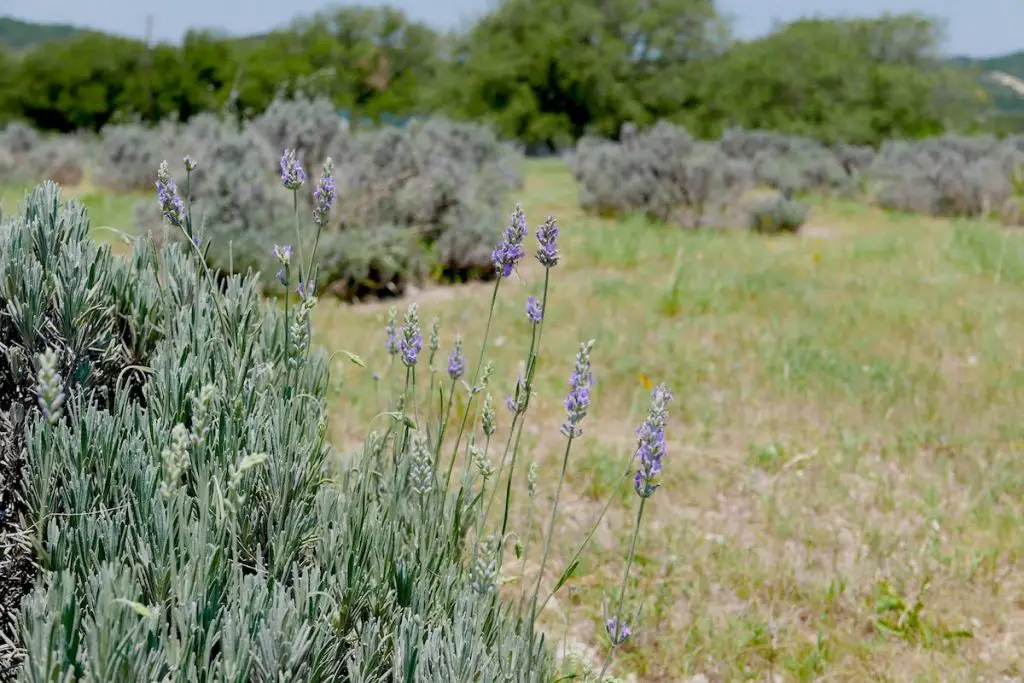
Blanco Lavender Fields 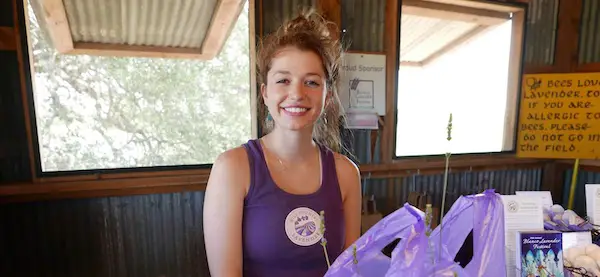
Hill Country Lavender 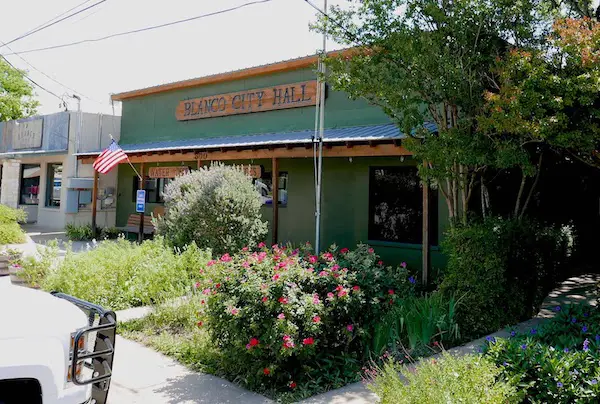
Blanco-City-Hall
Lavender known in abundance to southern France is grown there specifically for the perfume industry. Yet it has health benefits beyond its bouquet. Lavender is what one might consider a wonder herb with several ancient treatments. Have you an abundance of stress? Use lavender in baths, massage oil or in a room diffuser to de-stress, improve your mood, help you sleep well, prevent infections, reduce inflammation, eliminate dandruff, and soothe stomach bloating.
Now you may also be fond of the essential oils. Lavender is the most versatile of all essential oils. It is known as the “universal oil”. It has good antiseptic, anti-inflammatory, rejuvenating, deodorizing and insect repelling properties, making it extremely useful.
- Minor Burns: 1-2 drops of lavender oil on to decrease pain and help prevent scarring. *
- Scar Tissue: can be used to reduce or minimize the formation, massage oil on and around the affected area.*
- Anxious: rub a drop on the base of the neck to relieve stress and anxiety.*
- Tired Feet: add a few drops of oil to a warm foot bath and soak, to relieve stress.
- Headache/Migraine attack: apply a cold compress with 2-4 drops of lavender oil on it to the temples and relax.
- Not Sleeping well: a couple of drops of lavender oil on a hankie or tissue slid into your pillow case, will help, as well as a nicely brewed cup of lavender tea.
- Calming: diffuse lavender oil in a room to calm your mind, body and spirit.
- Stress: the natural organic compounds in its leaves and flowers can be ground between the fingers and then rubbed onto the temples. You can also brew lavender tea and achieve much the same effect. The antioxidant components in it can impact the endocrine system to lower the levels of stress hormones in the body.
- Animals: if you have a cat or dog, put some lavender oil on their collar to keep away fleas.
- Bug Repellent: use cotton balls with 3-5 drops of lavender oil in the corners of your kitchen cupboards, linen closet, and bathroom cabinets to safely repel insects, without the use of toxic chemicals. The cotton balls may also be added to your vacuum cleaner bag, stinky tennis shoes, or almost anywhere you need to freshen the air naturally.
- Flies: during the summer months, a couple of drops of lavender oil in a bowl of water, kept in the corner of the entrance hall or by doors will keep flies away.
- Bathroom Freshness: Place 2-3 drops of lavender oil inside the cardboard tube of toilet paper when re-stocking the bathroom. Each time someone takes from the roll it releases the calming and fresh scent of lavender.
- Bathroom and Kitchen Spray: make a spray combining distilled white vinegar and drops of lavender oil in a spray bottle, may be used for cleaning and sanitizing a variety of surfaces such as counter tops and bathroom sinks.
- Floor Cleaner: a simple floor cleaner which combines water, vinegar and a few drops of lavender will make the house smell fresh and help keep scorpions away.
- Stain Remover: lavender oil can be used to help remove small laundry stains such as paint, nail polish, tar, or grease.
- Dryer Sheet: place a few drops of lavender oil on a wet cloth and throw into the dryer to deodorize and freshen your laundry.
- Ironing: use lavender linen spray while ironing to refresh your item and keep it smelling great.
*Discontinue use if any sensitivity occurs.
Word of Caution: Although, not commonly considered an allergenic substance, if you are susceptible to allergens in the mint family, you could experience negative side effects from using lavender as well. These are usually mild in nature and include constipation, headache, and increased appetite, while the topical application can cause irritation and redness.
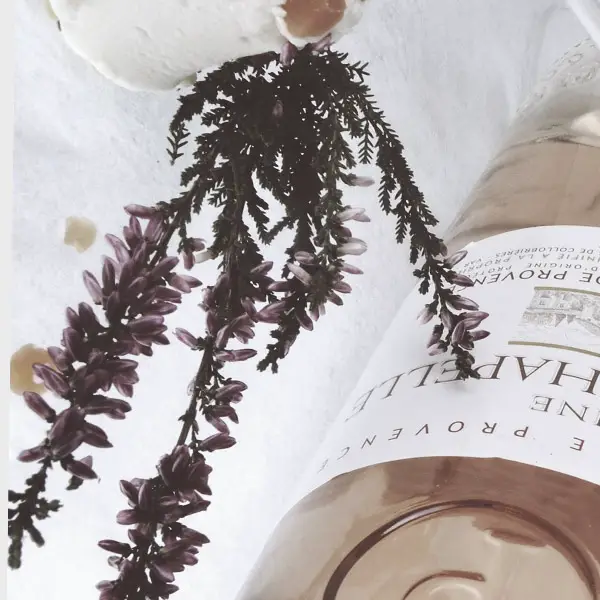
A delectable use of lavender is in the infusion of wine. A light, grape based wine infused with locally grown organic lavender. Slightly sweet and floral. Unique, fun and surprisingly delicious. Becker Vineyards winery diversified their wine industry with lavender and it seems natural to blend the two. This wine might not suit everyone’s taste, but it can be drank as an aperitif. I did find a recipe if you want to try it yourself.
Ingredients:
½ cup dried lavender flowers
½ tsp acid blend
1 lbs light brown sugar
4 cups white granulated sugar
1/4 tsp tannin
½ tsp pectic enzyme
½ tsp yeast energizer
1 tsp yeast nutrient
1 Campden tablet
water – to make 1 gallon of wine
Method:
Dissolve 1 lb of light brown sugar in 1 gallon of water. Pour 1 gallon boiling water onto the dried flowers.
Allow to sit, covered. Let cool. Add the rest of the ingredients when cool. Stir. The SG is a little high at 1.110 This could be tweaked in further recipes.
Transfer to secondary when SG hits 1.040. Fit fermenting lock and ferment until finished and clear topping up with water when initial phase has calmed down.
Note – this made a very unusual tasting wine. The Lavender taste came out more and more over time and became a zesty fresh flavour. This must age at least a year before becoming drinkable.
Types of lavender that grow in the Texas heat include:
Lavender ‘Provence’ Lavandula x intermedia ‘Provence’
USE: Fragrant; valued for scent; good cut or dried flowers; attracts butterflies and bees
EXPOSURE: Thrives in warm climates and full sun
WATER: Drought tolerant; needs well-drained soil
BLOOM PERIOD: Light lavender spikes early to late summer
HEIGHT: 1′ – 2′ WIDTH: 2′ – 3′
COMMENTS: Takes about 3 years for lavender to reach full size; mulch and protect in winter; prune after flowering to keep neat and compact; deer resistant
Lavender ‘Spanish’ Lavandula stoechas
USE: Fragrant; various culinary uses; good cut or dried flowers; attracts butterflies and bees
EXPOSURE: Thrives in warm climates and full sun
WATER: Drought tolerant; needs well-drained soil
BLOOM PERIOD: Lavender-to-purple spikes early to late summer
HEIGHT/WIDTH: 18″ – 24″
COMMENTS: Takes about 3 years for lavender to reach full size; mulch and protect in winter; prune after flowering to keep neat and compact; deer resistant
Lavender ‘French’ Lavandula x intermedia
French lavender is only hardy through about zone 8 and won’t tolerate cold winters.
Read more at Gardening Know How: Types Of Lavender: Difference Between French And English Lavender
Grows slightly larger than English lavender and has a generally more compact flower head. It is not as winter-hardy but is more tolerant of our humidity. This is the family of lavenders most likely to be grown by lavender farms across the state. The ‘Provence’ and ‘Grosso’ varieties they rely on are also the most reliable performers in fields and gardens.



